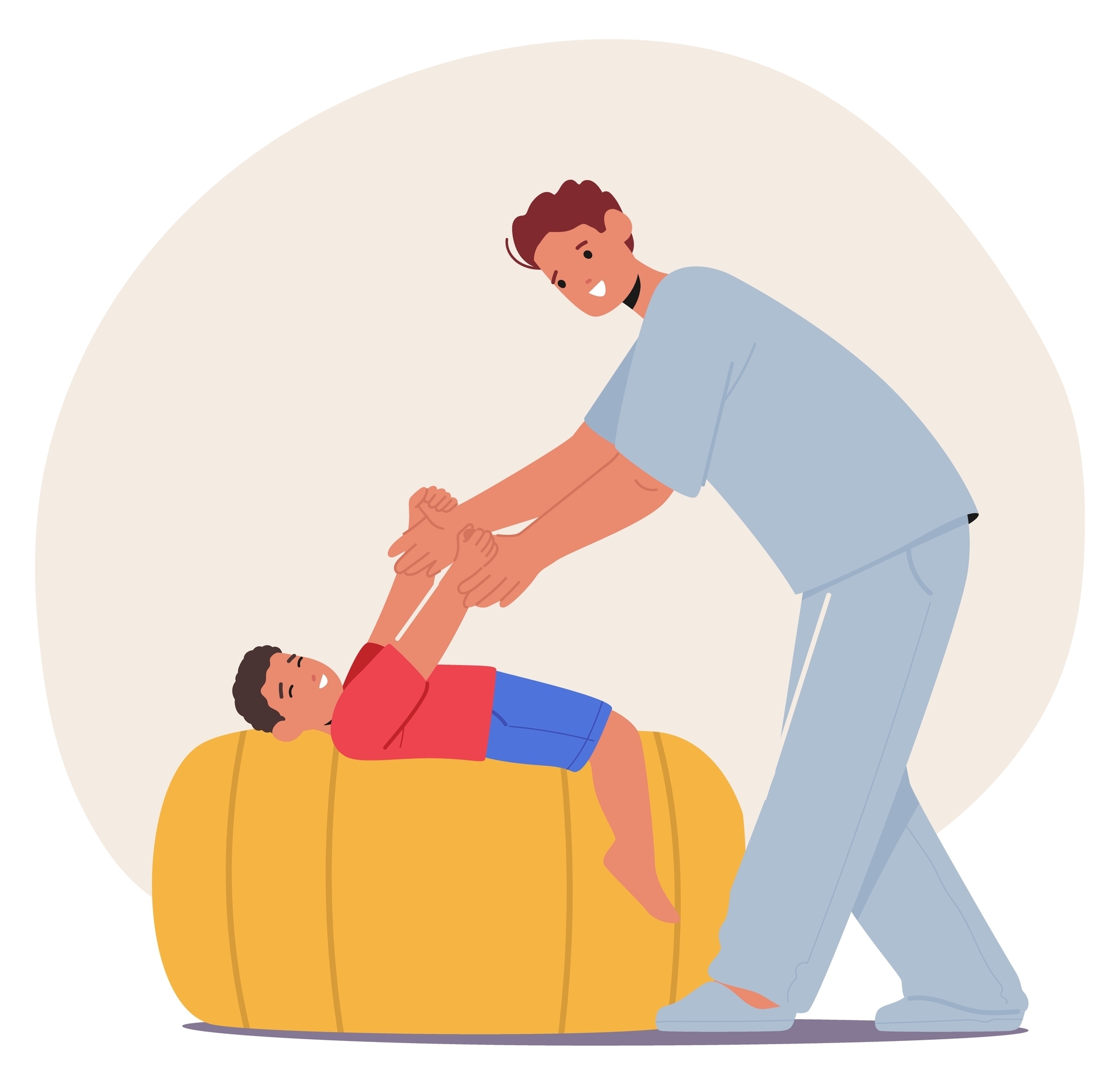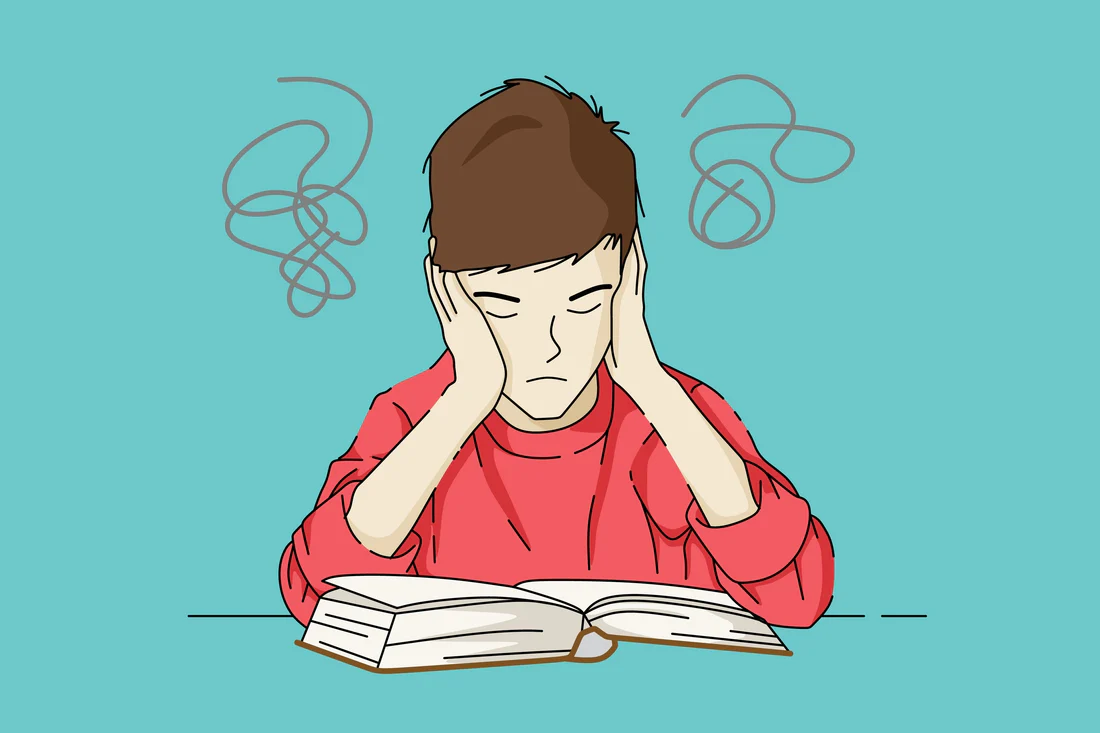Sensory Tools in the Classroom
I see it every day in my classroom…students who are feeling anxious. They are anxious to enter, and anxious to stay. Students hide in their clothing, wearing more of an invisibility cloak than a jacket or hoodie. Hoping not to be seen or noticed, seeking comfort and stability as they enter a high-risk situation. The classroom is full of peers that they may not be comfortable with and content that they may not be ready to explore. The gaps of knowledge may seem daunting on any given day, and trying to bridge those gaps may not be what they are ready to do, or possibly what they want or can do. This is the post-covid classroom where anxiety runs rampant and there are few tools that kids are equipped with on their own.
As a classroom teacher, I see this every day. In a span of 55 minutes that I teach a class period to a group of students, my job becomes one of teacher, counselor, friend, cheerleader, psychologist…and the list goes on. My teacher friends out there know immediately what I am experiencing. The levels of anxiety in the classroom have increasingly grown to new levels in our post-covid era. Finding ways to reach students on the verge of a panic attack has become almost routine. Oh…did I mention that I teach math?

Using sensory tools to mitigate high levels of anxiety is a welcome to the classroom. Many teachers worry that these tools will become toys. However, students who rely on them to calm themselves when they are in a high-stress environment stay more focused and are more able to access the content that I am teaching. Using tactile objects can help refocus the mind and provide a soothing, calming effect, making them a practical component of coping toolkits for people of all ages facing anxiety-inducing situations.
For some kids, a discreet sensory tool may be best. They don’t want to call attention to themselves, however they desperately need a tool. A sensory ring can be a great option. Sliding the ring on their fingers can be incredibly calming. The acupressure that it provides can help them refocus and destress. Playing with a ring that has movement built-in provides stimulation to the hands and supports focus and attention. You may want to try a few options to find the best fit, and be sure that they won’t be putting it into their mouth.

For other kids, an oral sensory tool may be appropriate. I have had a few students who tended to chew when they were anxious. They would chew their pencils, pieces of plastic, and if they couldn’t find something- they would just chew their shirt, leaving it soaked and twisted. Instead of relying on finding something, sending the student to class with a sensory chew tool is a great alternative. For older kids, a more mature design may be what they are comfortable wearing, while younger kids may prefer particular colors or shapes. There are many options for chewable jewelry to support your kids with sensory tools.
A calming lap pad may also be a great tool. This is less discreet, however having the added weight onto a child’s lap, may help soothe them in the classroom. Students with higher levels of anxiety use this as a tool and tend to stay more focused during instructions.
In addition to these tools, reach out to your child’s teacher and see what supports may already be available in the classroom. Partner with your child’s teacher to keep everyone informed of the tools that your child is using. You can also check in with them and ask how frequently your child seeks out sensory tools within a given timeframe. Some students may find it most beneficial during a reading or math time, where others may need sensory supports during art or music.



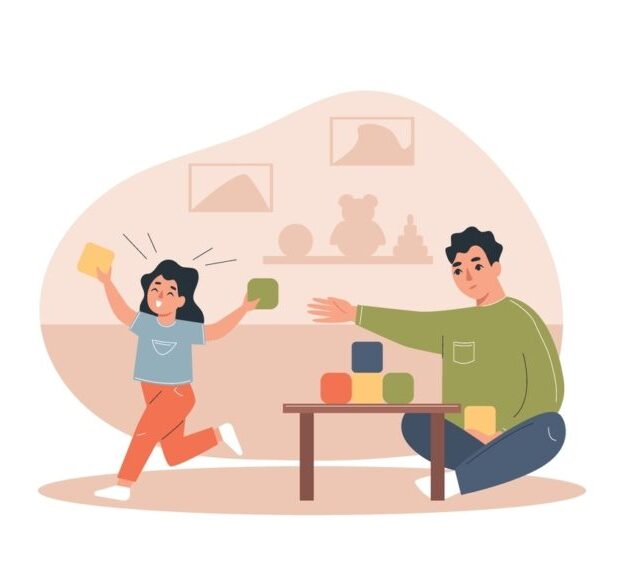

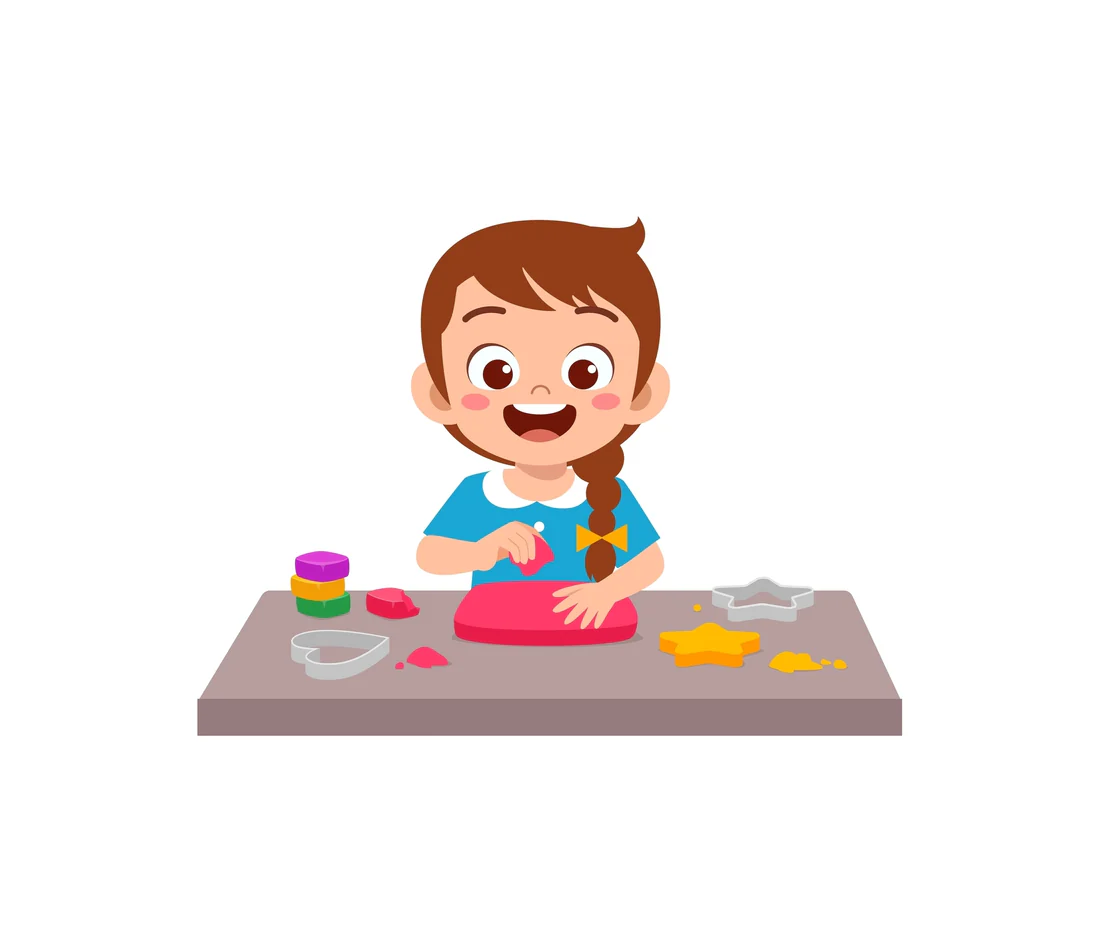

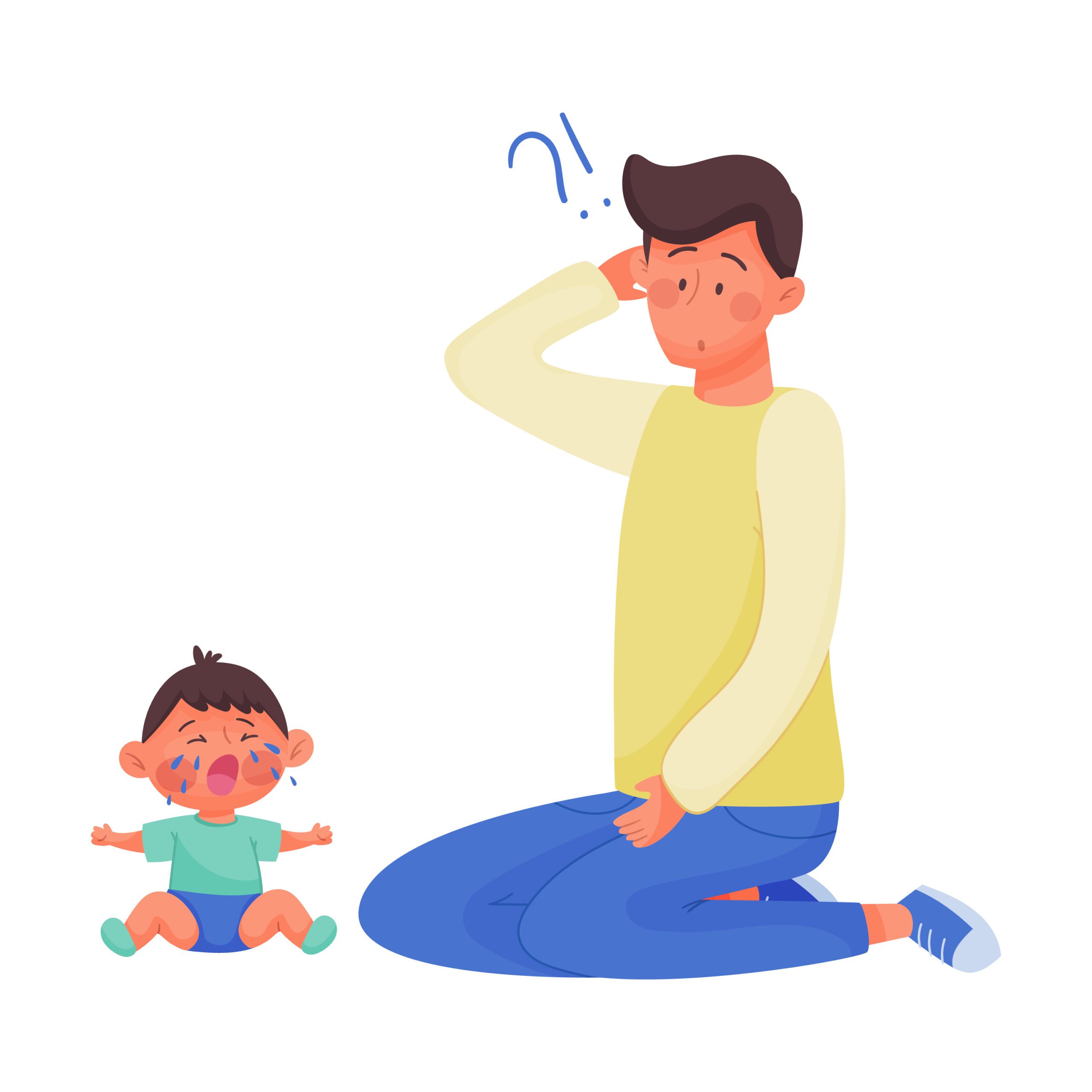


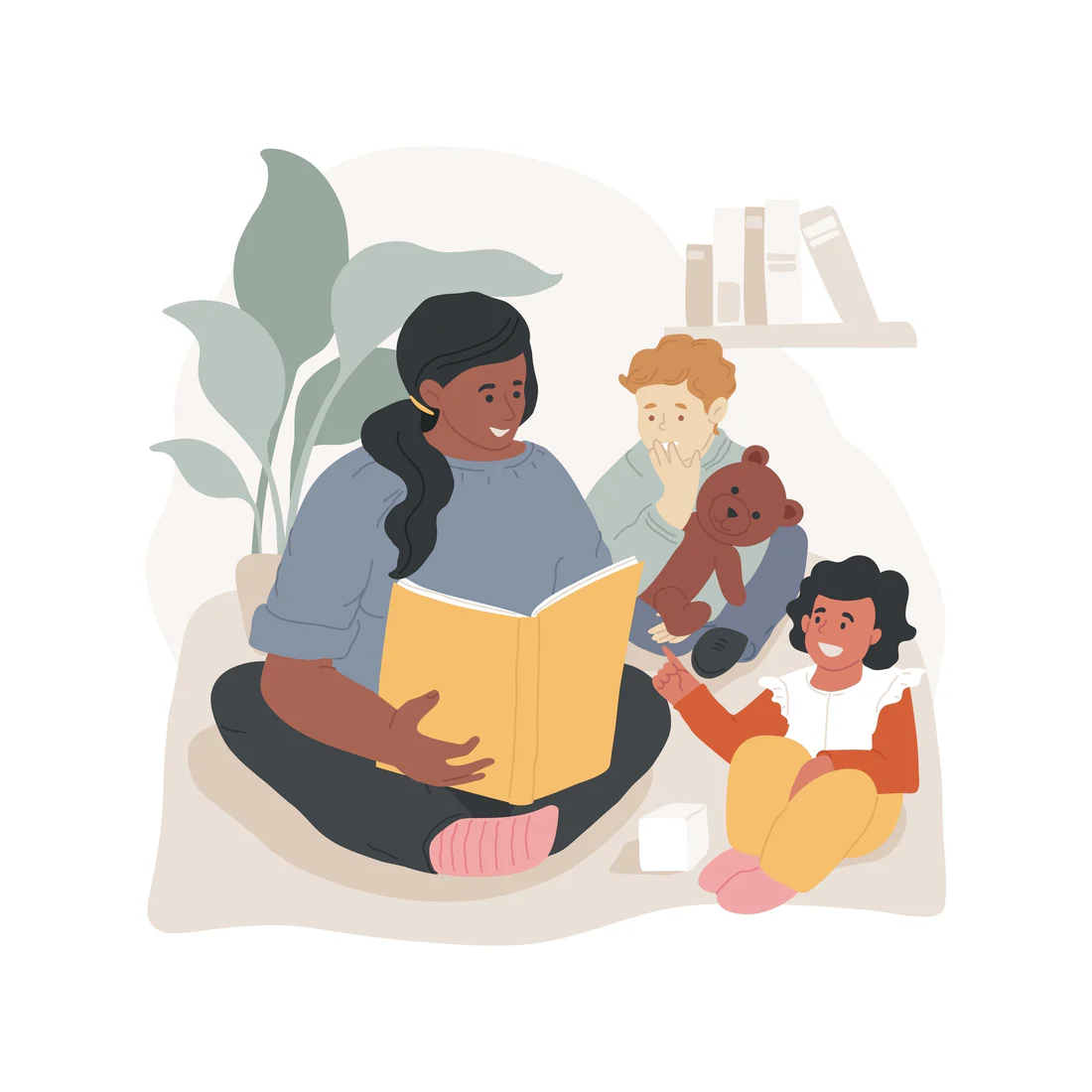
 Speech Therapy
Speech Therapy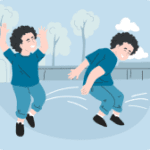 Physical Therapy
Physical Therapy Occupational Therapy
Occupational Therapy